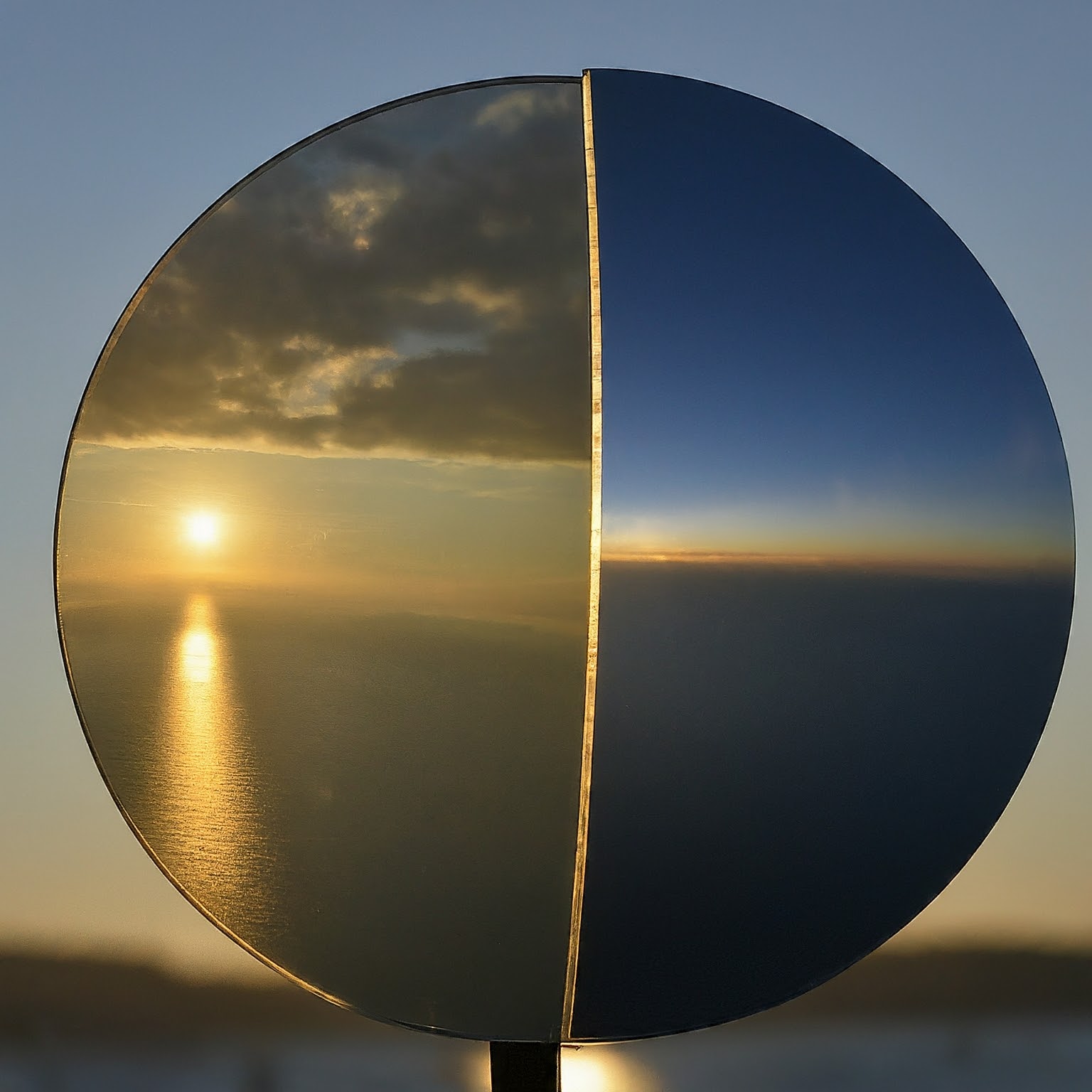Convex and Concave Mirrors
Mirrors come in two main shapes: concave and convex. Concave mirrors curve inwards, like a spoon. They can focus light to create magnified or even inverted images, useful for things like telescopes and makeup mirrors. Convex mirrors bulge outwards, offering a wider field of view. They create virtual, diminished images, making them ideal for security mirrors in stores or for seeing around corners, A convex mirror is a curved mirror bulging outward. It diverges light rays, creating a virtual image that’s smaller than the object. This wider field of view makes it perfect for rear-view mirrors in vehicles. Convex mirrors are also used in security surveillance and to prevent accidents in blind spots.
Concave and convex mirrors are categorized based on their reflecting surfaces. Concave mirrors produce real and inverted images, whereas convex mirrors yield virtual and erect images. Mirrors can possess either a flat or a curved surface, leading to their classification into two main types: spherical mirrors and plane mirrors. Plane mirrors feature smooth and polished reflecting surfaces, while spherical mirrors are characterized by their curved reflecting surfaces. Spherical mirrors are further subdivided into concave and convex mirrors based on the nature of their curvature. In concave mirrors, reflection occurs from the inner surface, resulting in real and inverted images. Conversely, convex mirrors reflect from the outer surface, producing virtual and erect images.
Applications of concave mirrors include their use in shaving mirrors. These converging mirrors are particularly favored for shaving purposes due to their reflective and curved surfaces. When positioned close to the face, a concave mirror generates an enlarged and upright image, facilitating a more precise shaving experience.






